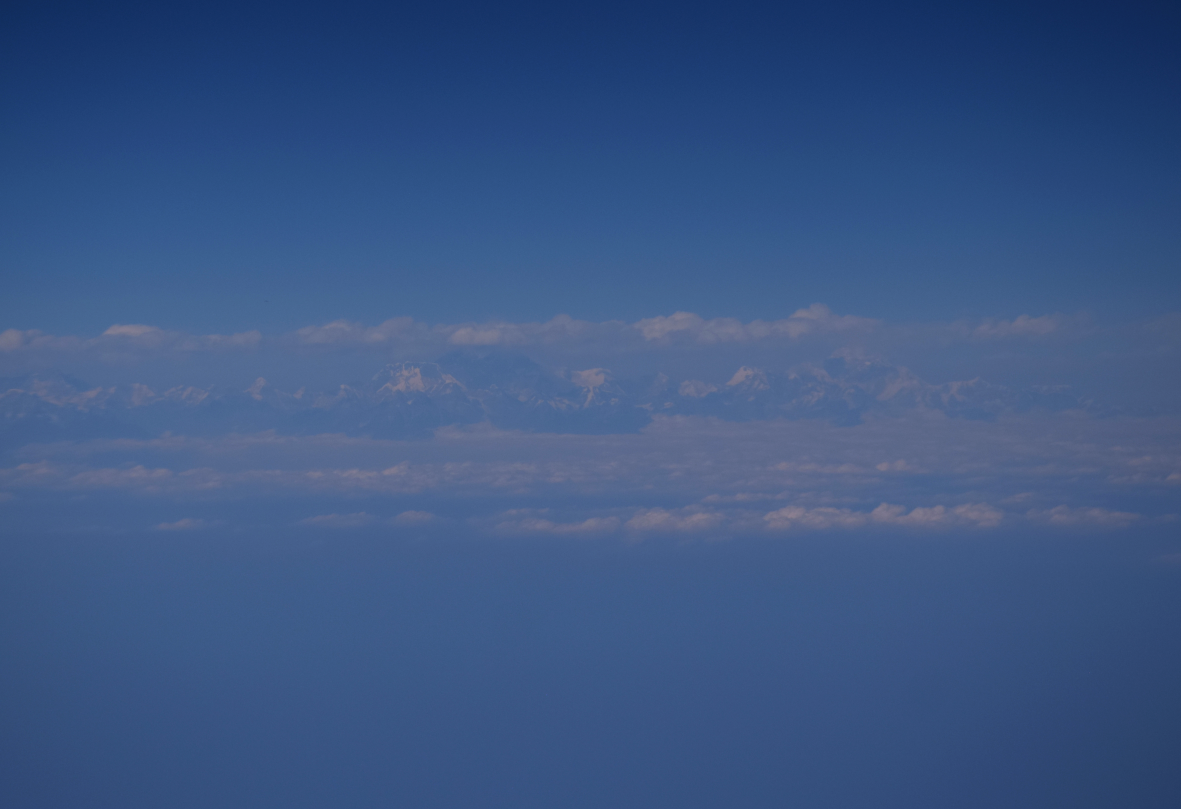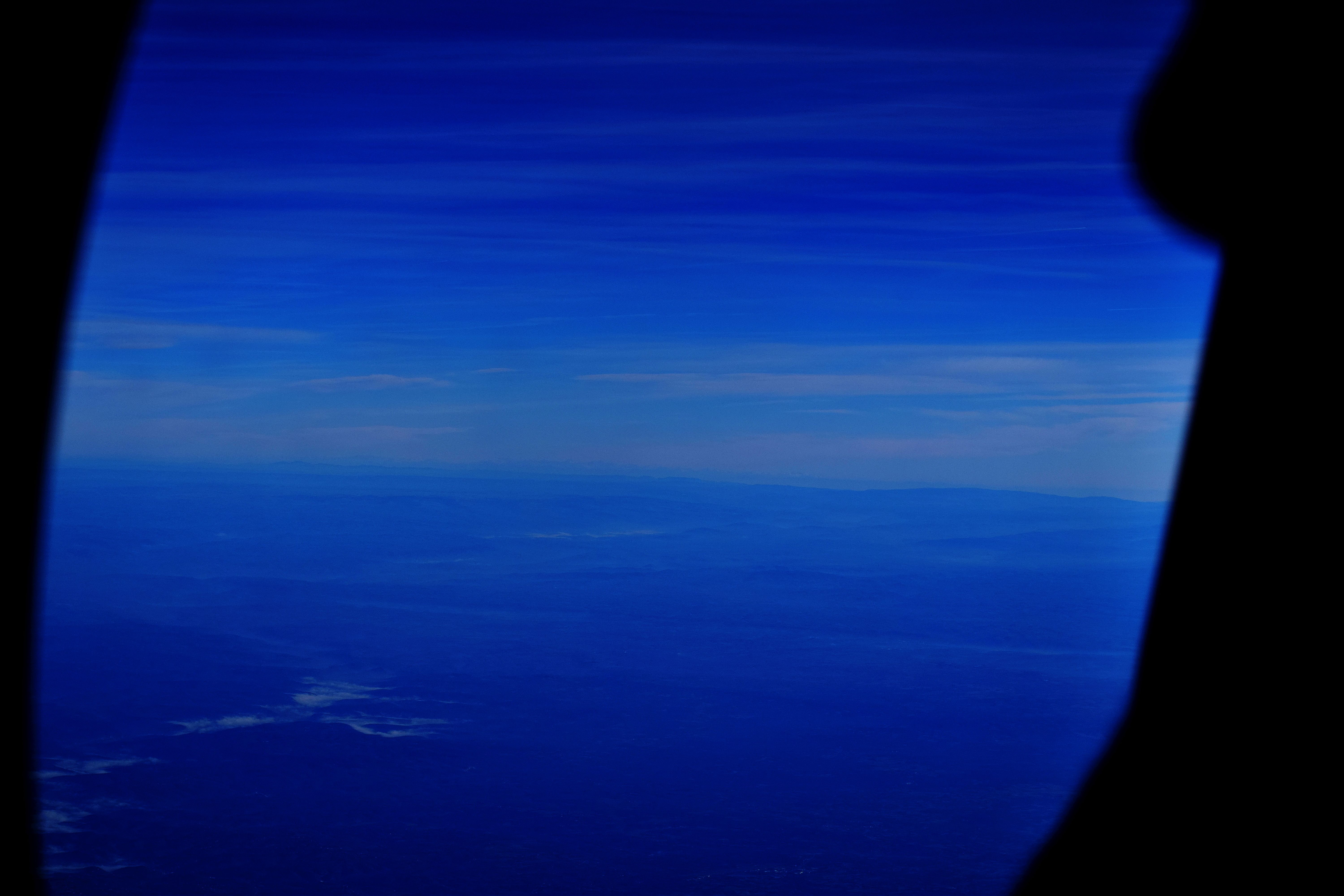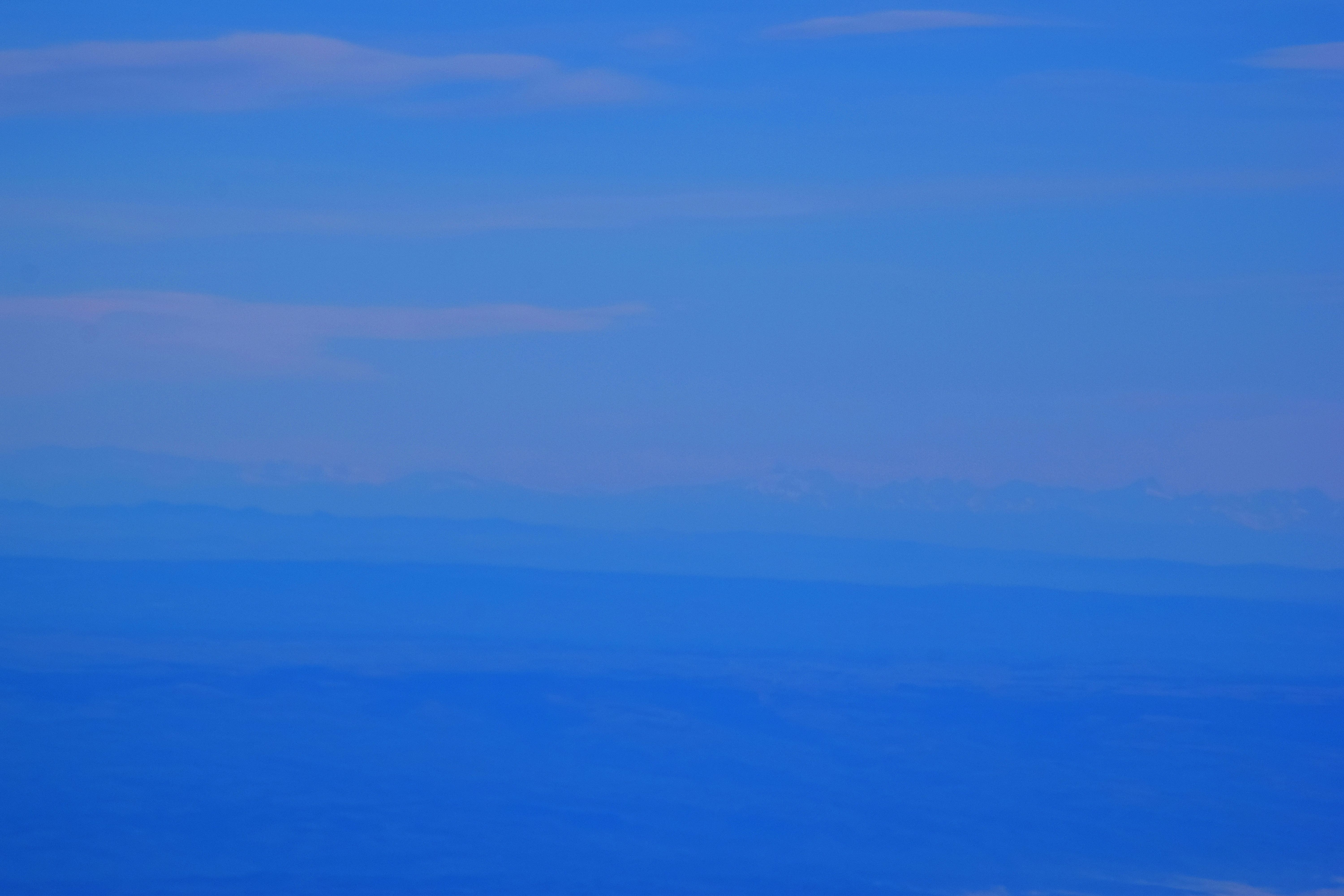I really like to snap remote objects and mountain outlines. Especially since I got the new telephoto lens – Nikon AF-S Nikkor 55-300mm f4.5-5.6 ED VR. Covering the distant sights from the ground is not only one option, but that may also give you a lot of positive feelings. You can also enjoy a much bigger viewshed from the plane. You need favorable weather conditions and an appropriate position “quite” close to mountains (Pic.1). The airplane altitude, is around 10000 m.a.g.l. gives you a viewshed up to approximately 360 km ahead! (Pic. 1) Taking into account, that some mountains are higher than the surrounding area, some lines of sight may be much more extended (Pic. 2). However, there are only mathematical patterns. Practically atmospherical conditions take hold and calculated viewshed doesn’t guarantee the real possibility of view.
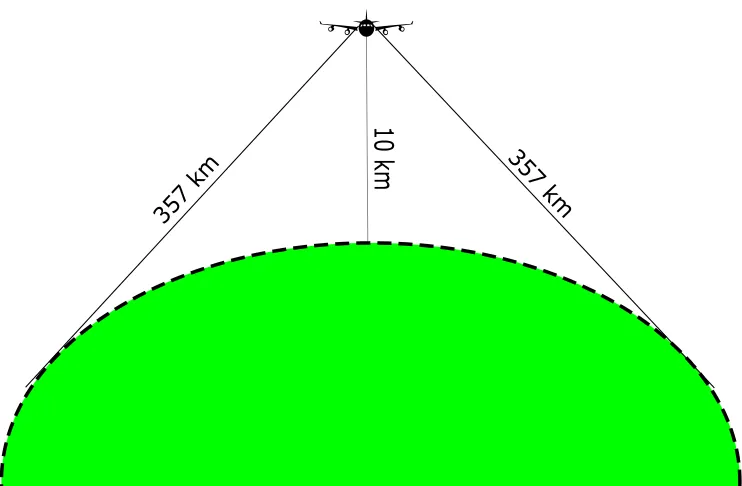

Moreover, the pic. 2 represents a simplified pattern only, because not always plane is flying above sea level. Anyway according to this graph as I said above flightseeing gives us a long-range viewshed.
Let’s take a look at the photography conditions when being on the plane. More than a year ago I said a few words about taking the picture from the middle of the plane. However, I took into account only planes like the Boeing 737-800, which is 6 rowing planes. Today I would like to say more about practicing long lens photography from the plane including the photography from the middle of the 9 rowing plane.
First I would like to give the answer for taking the picture in wide-body aircraft with 8 – 11 seats across.
In twin-aisle aircraft is much harder to take a picture from the middle. Your view through the window is confined only to a narrow-angle. In this case, you are not able to see any details outside aside from the closest and the most prominent clouds or aircraft turns (Pic. 3 – 5).

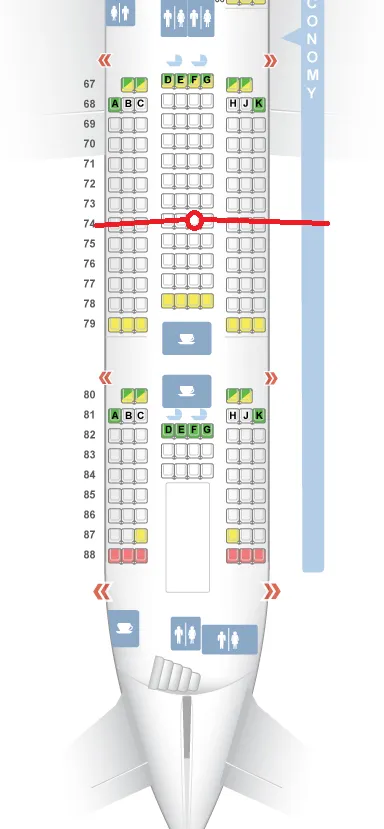
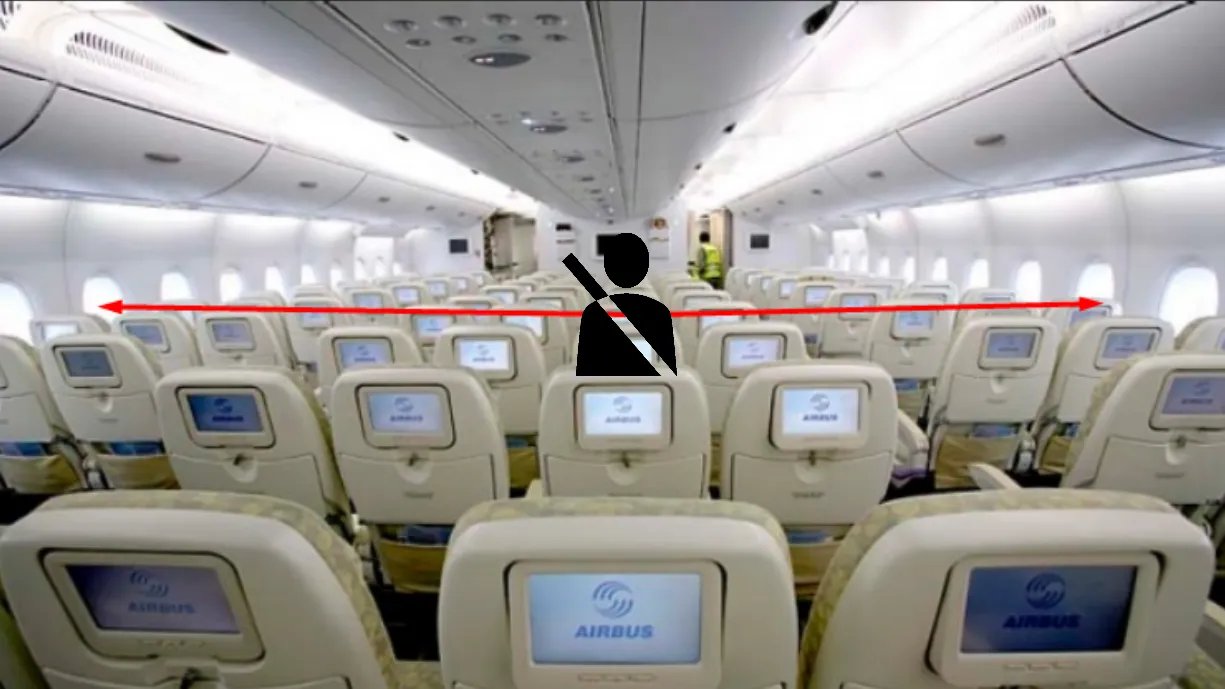
Seats between the aisles are the worst and flightseeing is impossible from there. If some view is available at all, a bare improvement can be done when using long lenses. Let’s consider a few examples below.
First I would like to show you using long lenses in flight for the opposite part of the plane (Pic. 6 – 8).

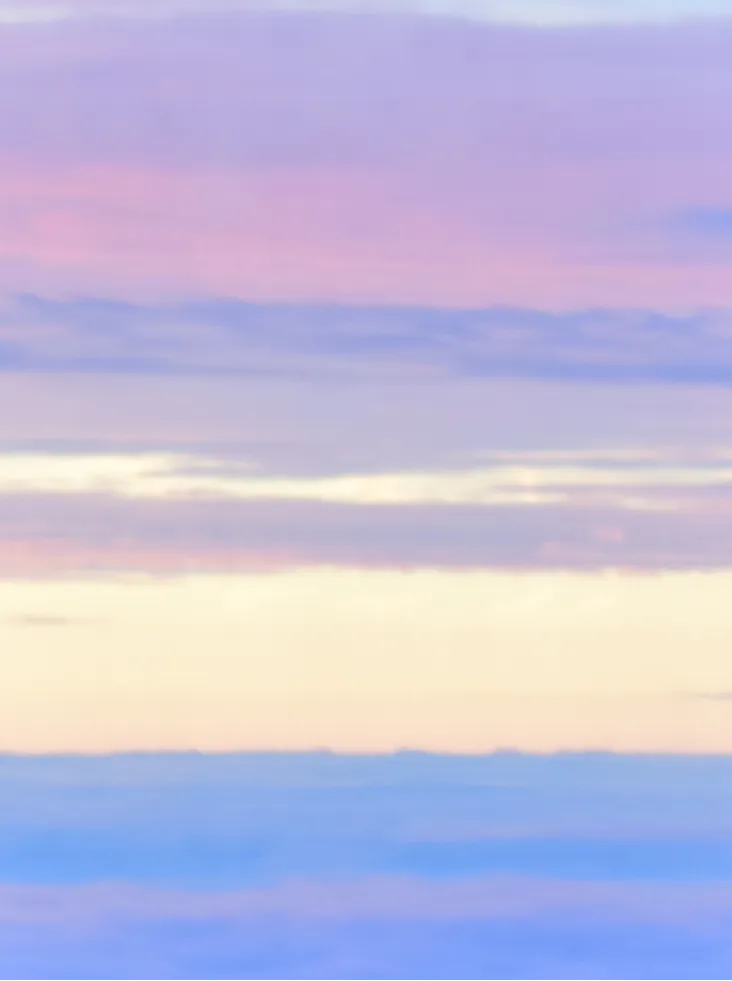
As you may have noticed in the cropped picture 8 the sharpness is not very good. This is an important thing, that we need to work out doing this kind of photography. Bear in mind, that this is hard. After a few attempts, I got a quite sharp photo (Pic. 9 – 10). Unfortunately, this sharpness will never be perfect, but I will tell you later about it.
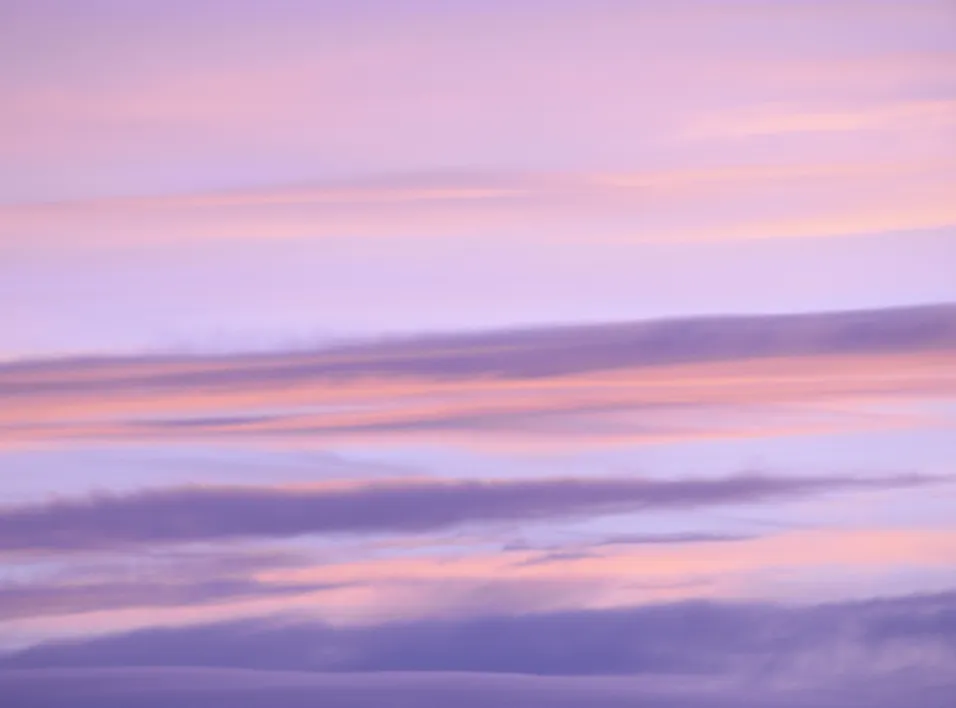
Once the opposite window is clear you are very lucky! Most of the time those windows are obstructed by passengers, who are watching something, sitting, or sleeping. However, It doesn’t sound, like you will not achieve your goal! Especially when using a longer lens (Pic. 11, 12).
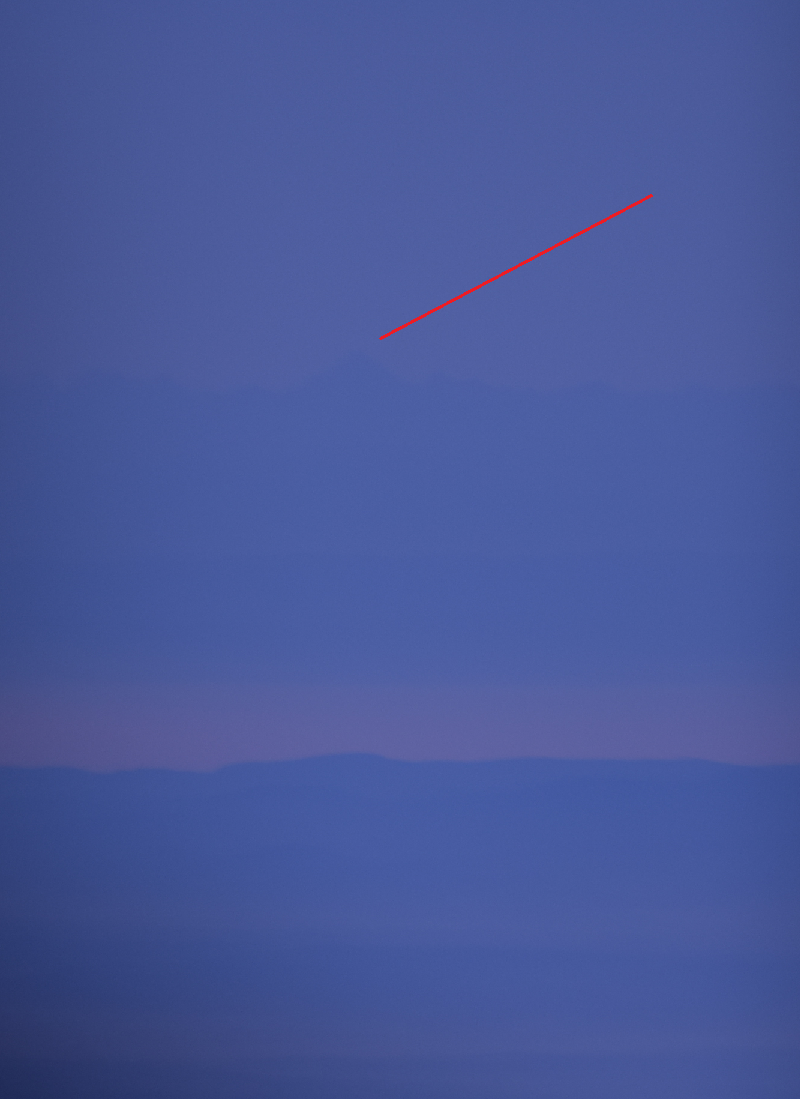
When I was traveling by Airbus A380-800 from Kuala Lumpur to Dubai flightseeing through the opposite windows was not possible at all. Even when I used a long lens (Pic. 13 – 17).

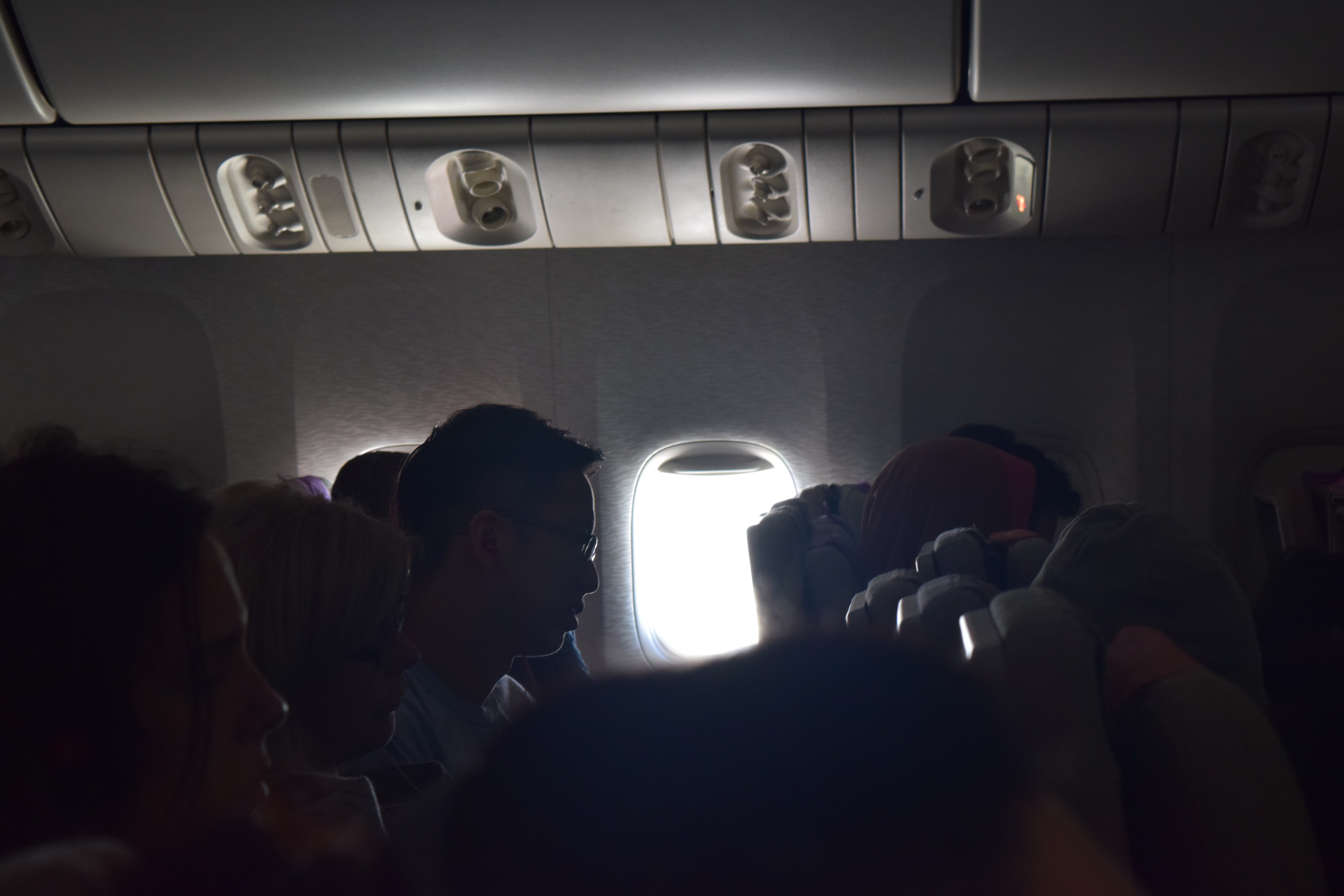
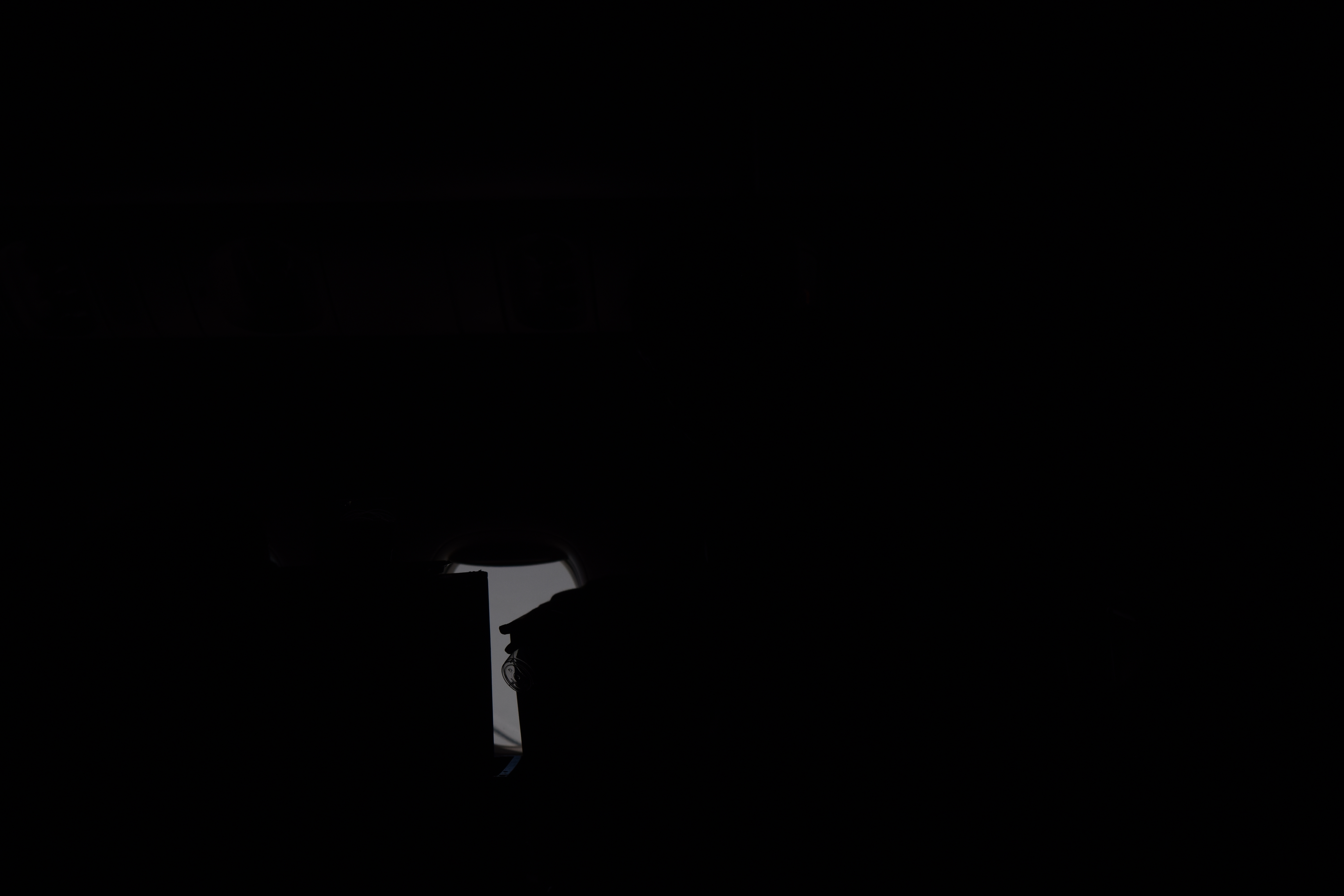

Pic. 15 – 17 shows exactly the issues, that I raised earlier for Pic. 3 – 5. In the case of wide-body aircraft, you have only one line of sight, that almost always can be blocked by others. On top of that, you have to adjust the brightness of your picture. To distinguish the external view from the fuselage is good to make your picture as dark as possible. In general, everything says, that flightseeing in this way is not possible even when you are sitting in the middle of a wide-body aircraft.
In another part of this article, I would like to say more about the long lens photography from the plane itself. I found, that the longest zoom lens cannot be used in flightseeing. The reason lies in the window glass’s quality.
Basically, the aircraft windows are made from plexiglass. This material is light and relatively strong and you can see clearly through it. However, the major drawback of this is crazing (hairline cracks on the surface of the material), which is caused by temperature, stress, dirt, and UV exposure. Those cracks are the best visible with frost when flying at high altitudes (Pic. 18).
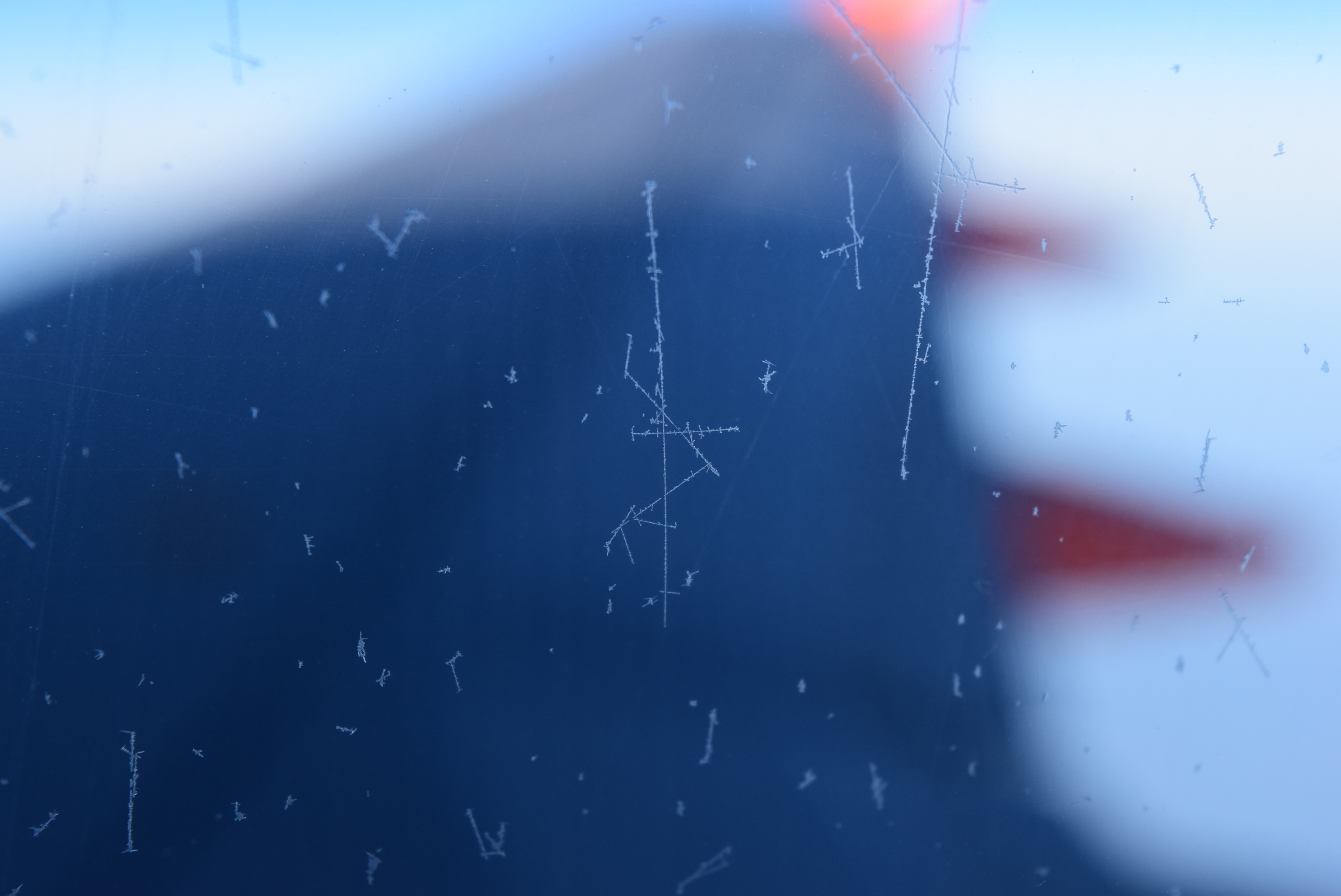
This is one of the reasons, that interfere with the long lens photography during the flight. Those plexiglasses are featured with decent optic properties, but a lot of crazings bring the photo sharpness down.
Another one arises out also from the window design. The aircraft windows are multiple layers thick (Pic. 19).
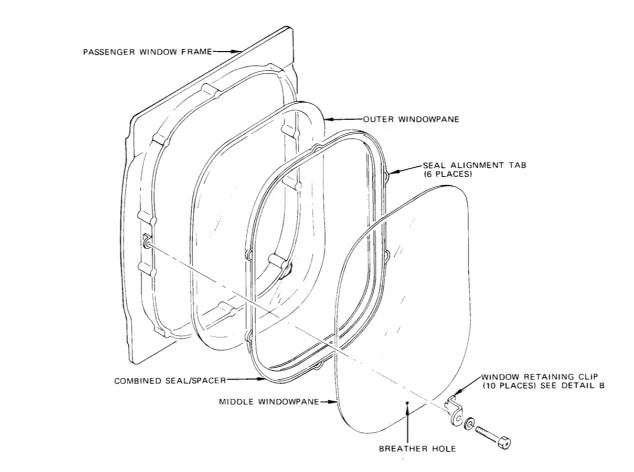
The side facing the passengers is a plastic sheet with the lowest optic quality. Moreover, this sheet is not uniform, and somewhere on the window, there are “lines” or even “areas”, where this window layer has been integrated (Pic. 20, 21).
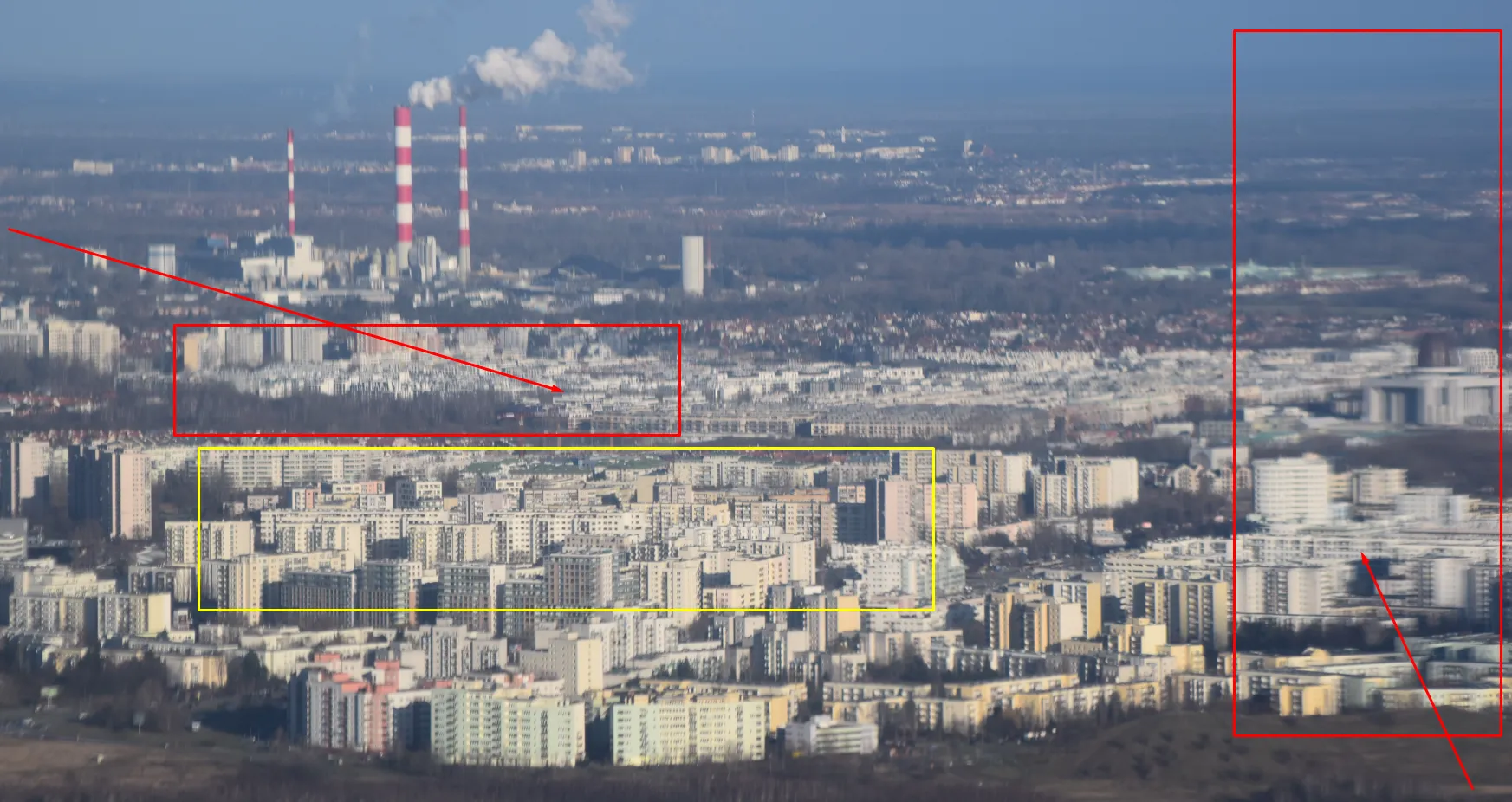
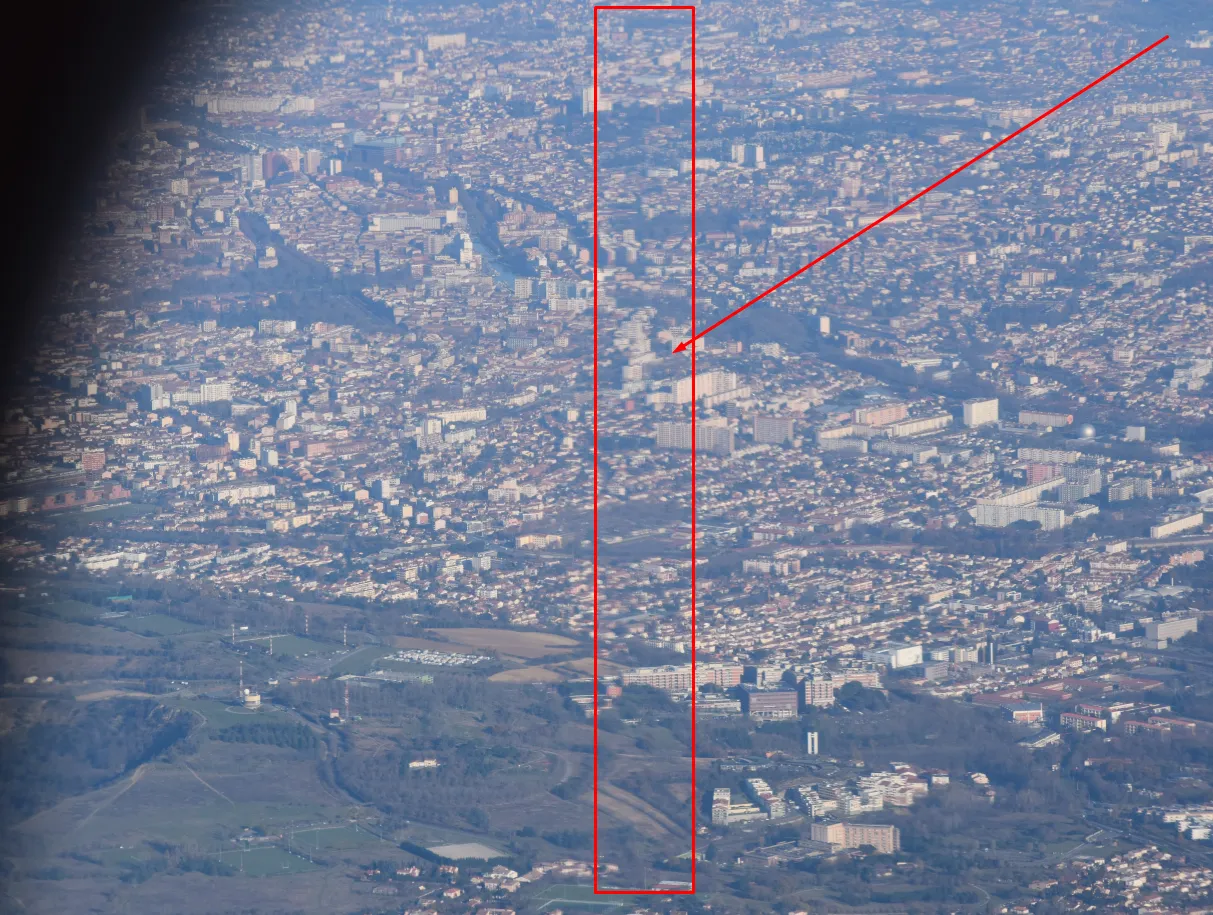
A separate case applies to the Dreamliner 787 windows. I experienced it when I was flying from Oslo to San Francisco on Norwegian Airlines. The Boeing 787 Dreamliner aircraft has “the best airplane windows ever”, that are equipped with an electronic system responsible for the fast switching light control and gradually diminishing effect from clear to dark (Pic. 22, 23).


Referring to the pic. 21 you have a button, which you can adjust the diminishing level to your needs. You have 5 levels of brightness, where level 1 means a clear view and level 5 completely dark blue window with no sunlight at all. Unfortunately, as the image shows this is a local controller only! That means, that someone else can do it for you, which is not necessary for photographers and travelers, who love watching the Earth from the top. At least in Norwegian Airlines, the cabin crew after delivering a meal makes all windows darker! They used to turn level 3, whereas you need to have at least level 2 to make your pictures clear! During my journey to the United States, I was facing level 3 above Greenland! What a shame! (Pic. 24 – 26). I am afraid, that all airlines, that owe a Boeing 787 Dreamliner can practice this stupid policy! On a Norwegian flight, passengers were able to make the window clear just before the last meal, around 1.5 hours before landing and nearly 30 minutes after the plane passed above the Rockies in south Canada. Great!


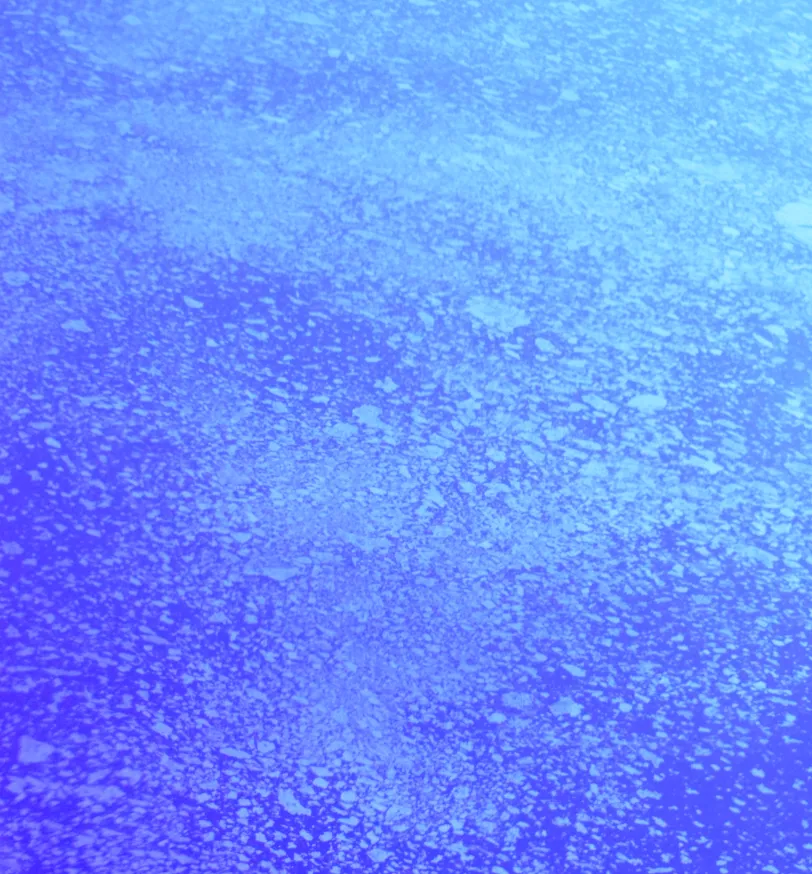
In the case of Norwegian (and probably general Boeing 787 Dreamliner) long-haul flights, where the flight personnel makes your window darker without your consent photography is barely possible. You can get over a little bit of this blueness using a higher ISO value or longer exposure, although it doesn’t really work because the plane is moving fast. Even when you are at the top of the troposphere using a longer exposure will reduce the sharpness of your picture similarily to the ISO value, which will make it noisy. There is definitely no option for long-lens photography in this case.
Returning to the aircraft window optics quality we need to know, that it will definitely affect our long-lens pictures. Every crack and distortion on the window is going to be multiplied. As an outcome, the sharpness of your picture will be dramatically reduced. I have been doing long lens pictures for more than 1 year and I came to some conclusions on how to make the photos as sharp as possible.
1. First of all, even if you are going to take normal pictures without zoom you have to clear your window! Always, when you enter the plane and take your seat the window is quite dirty after the previous passenger. The window can be made dirty by yourself, especially before landing, when you wake up (Pic. 27). Only 1 clean tissue can make it tidy again.
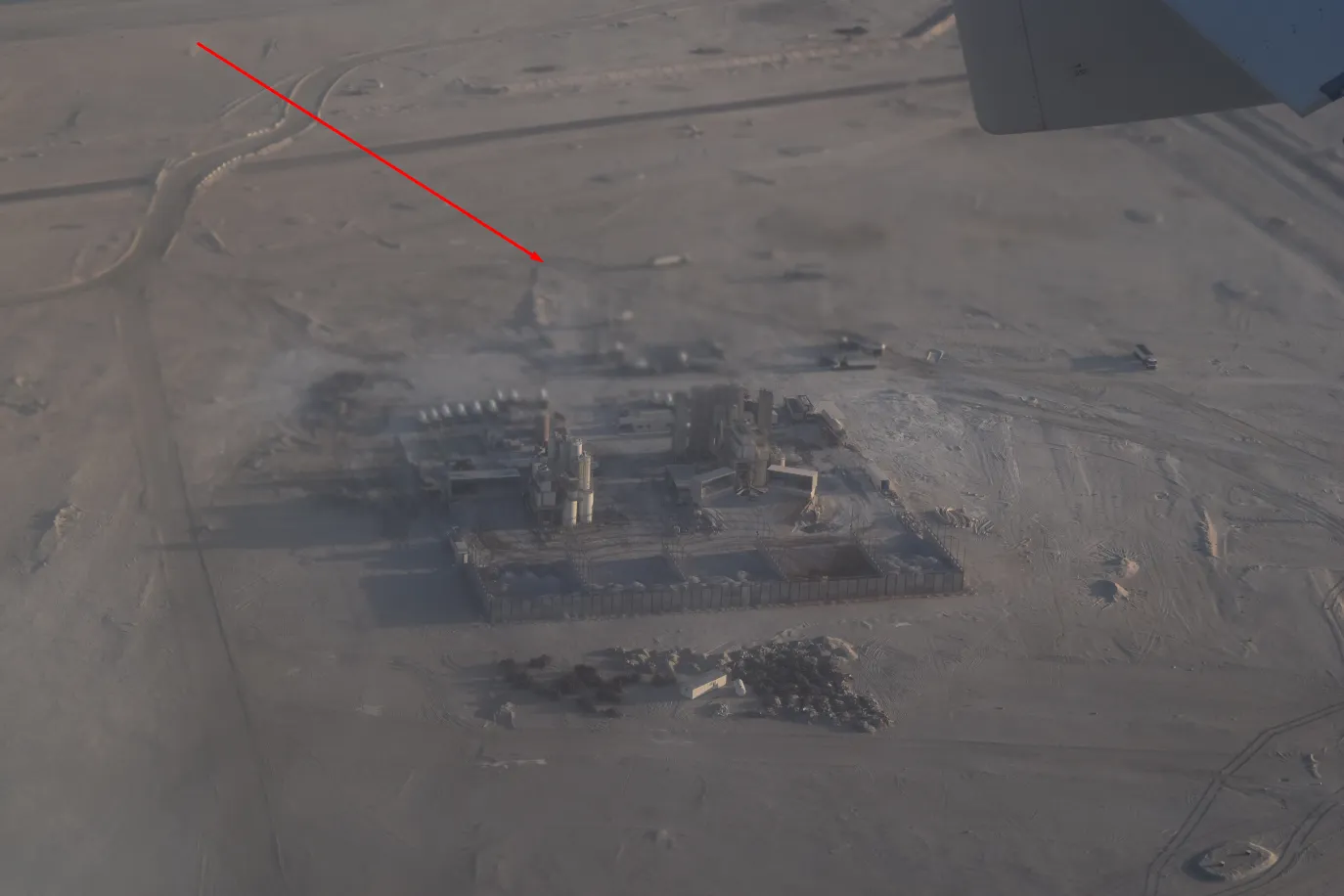
2. Avoid the sunlight, because the sunlight may cause ghost images. Light is to be reflected on the glass and finally, you will see your portrait rather than the landscape outside (Pic. 28). When you have got a seat a front of the sun try to capture the landscape not affected by sunlight.

3. Avoid the window edges, where distortion is much bigger than anywhere! (Pic. 29) and also other “lines” or “areas” of distortion when possible (Pic.20, 21).
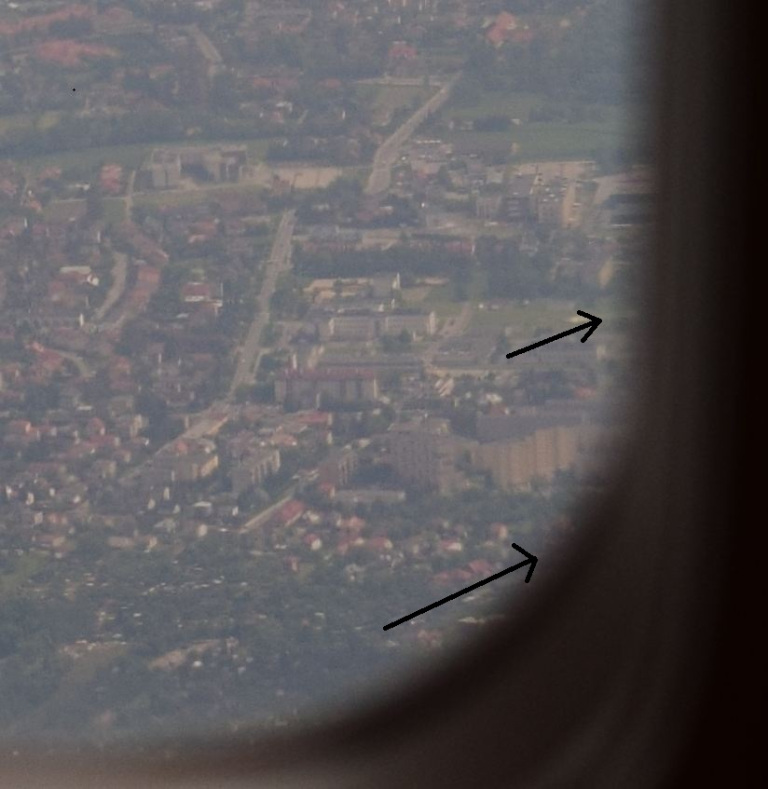
4. Use as fast exposure as possible, because in the long lens photography, even the highest-flying altitude may help you to make a sharp picture (Pic. 30).
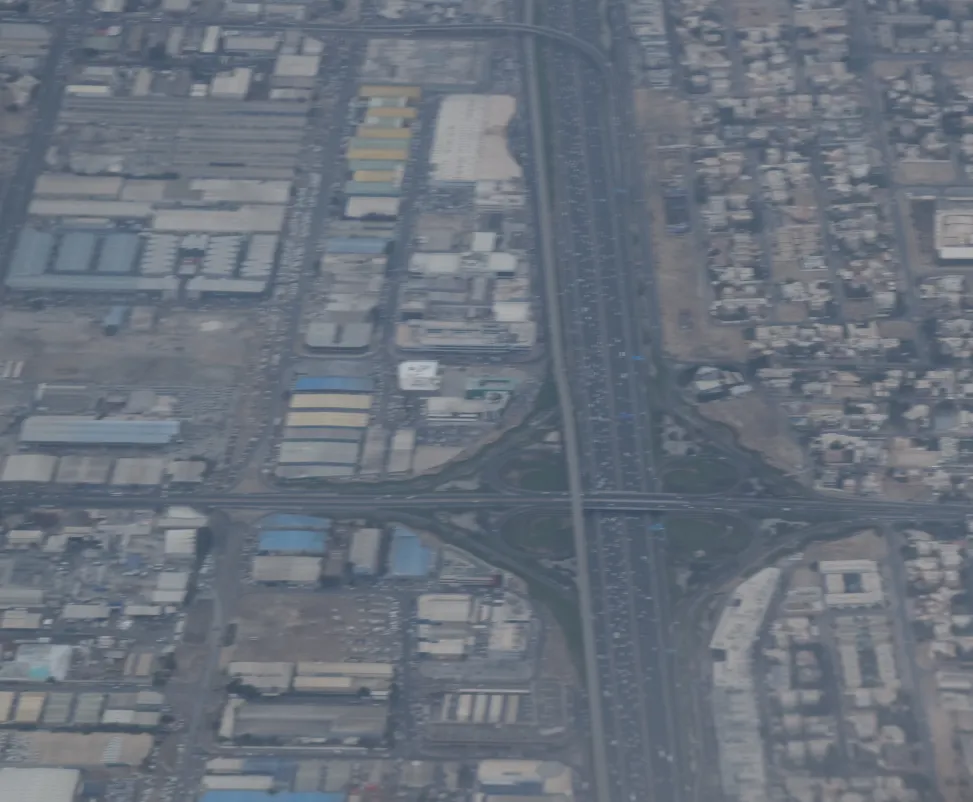
When you use the zoom lenses you have to remember, that the parallax is also zoomed in (multiplied). For instance, 10x zoom causes a 10x higher probability, that your photo will not be clear due to the aperture.
5. Remember, that the longest zoom lens, that you can use in the plane is 135mm! I am not kidding. I took a few hundred photos through the aircraft window and trust me only in a few cases the quality of the pictures zoomed in more than 135mm was sufficient. Mostly the plexiglass reduces the sharpness dramatically for values higher than 135mm. Sometimes even lower value may bring insufficient effect, however, taking pictures with a zoom lens up to 70mm in 95% of cases gives a guarantee of good quality.
Now I would like to bring you a few live examples of this:



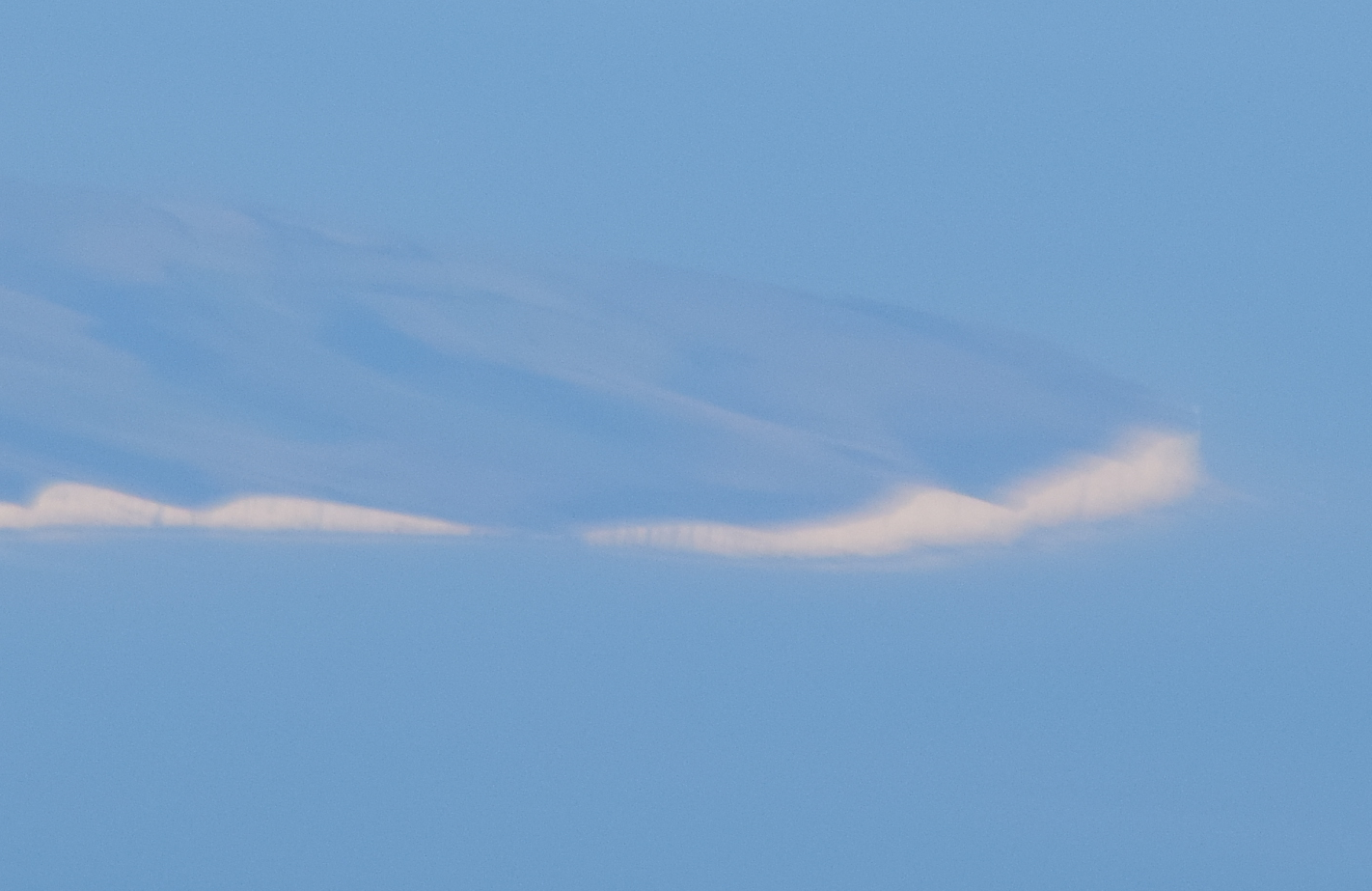
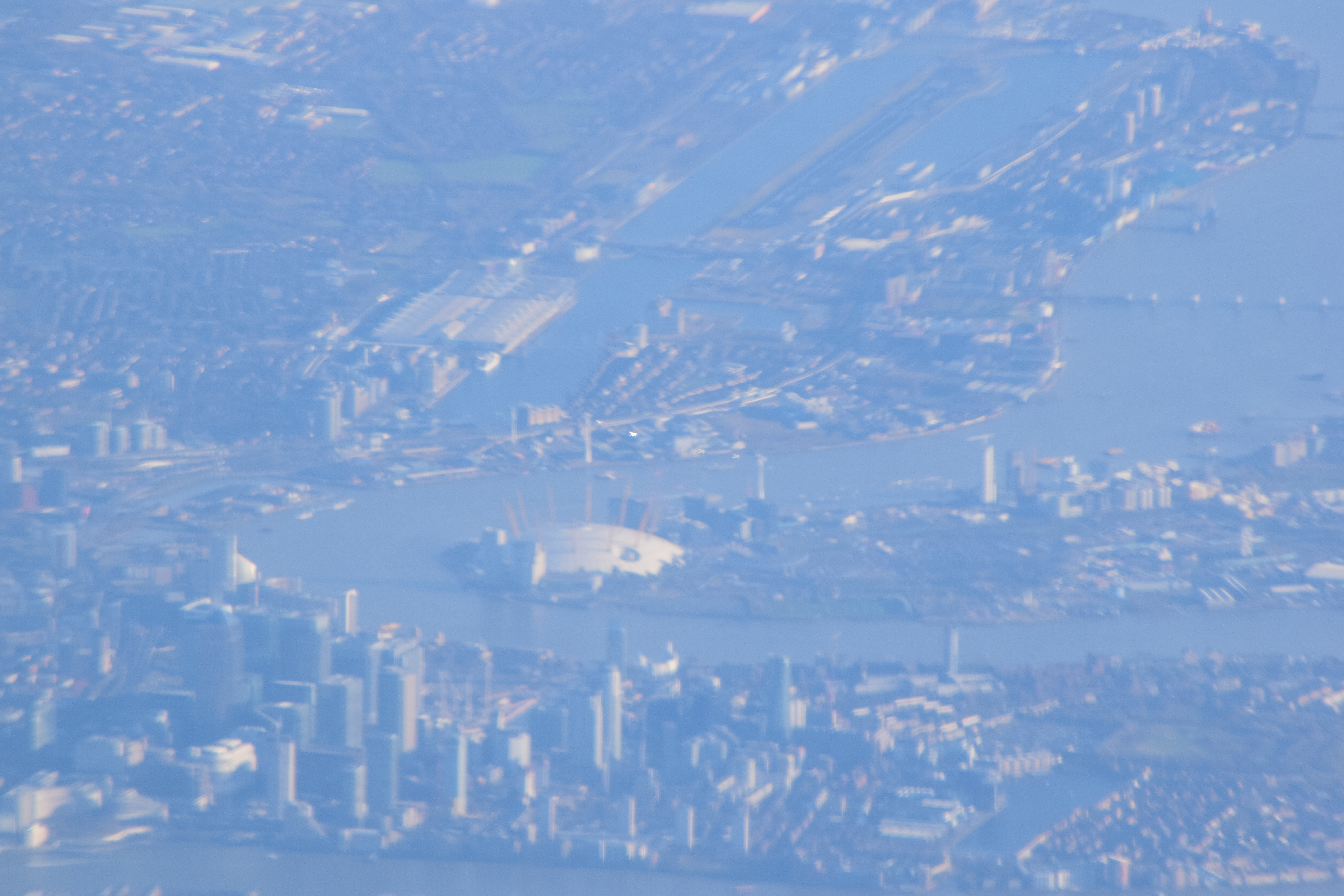

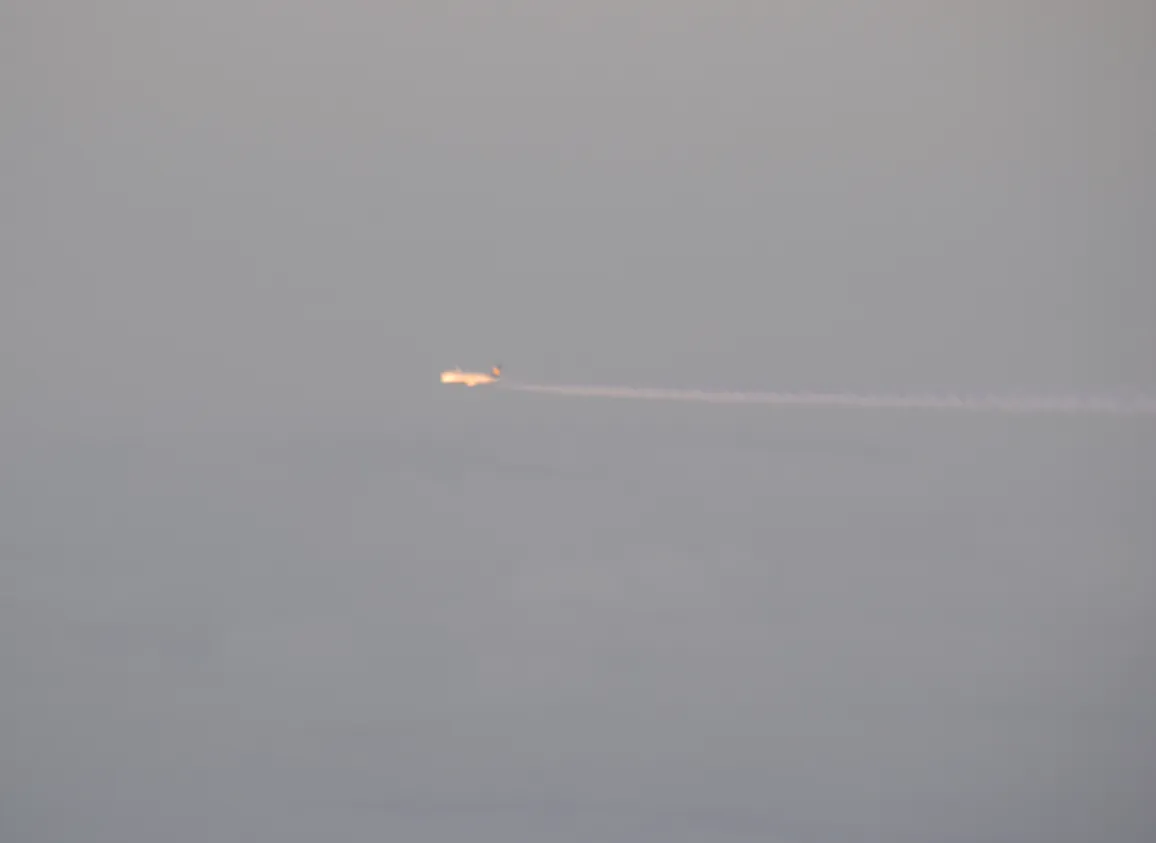

At the finish, I would like to share with you the panoramas issue. Returning to the very top of this article, where I said, that our viewshed should be extended a lot. Knowing, that the plastic layers and plexiglasses in the aircraft windows provided a slightly deformed optic view of the landscape we shouldn’t expect perfect long-distance views. Another factor is obviously the atmosphere. However, there are rare examples, where you can cover some mountains at impressive distances. In that case, you will not see more details than the outline only, but you will enjoy it anyway.
When I was flying from Toulouse to London Stansted in December 2016 I was fortunate to witness the longest visible distance ever! I saw the Alps from around 450 km! (Pic. 40 – 42). Unfortunately, I can’t boost my record, because my observation was not carried out from the surface or the object enduringly associated with the ground (like a tower, TV transmitter, etc.). A current world record of distance landscape photography is 443 km, so my record would be around 7 – 10 km longer (Pic. 40-42).

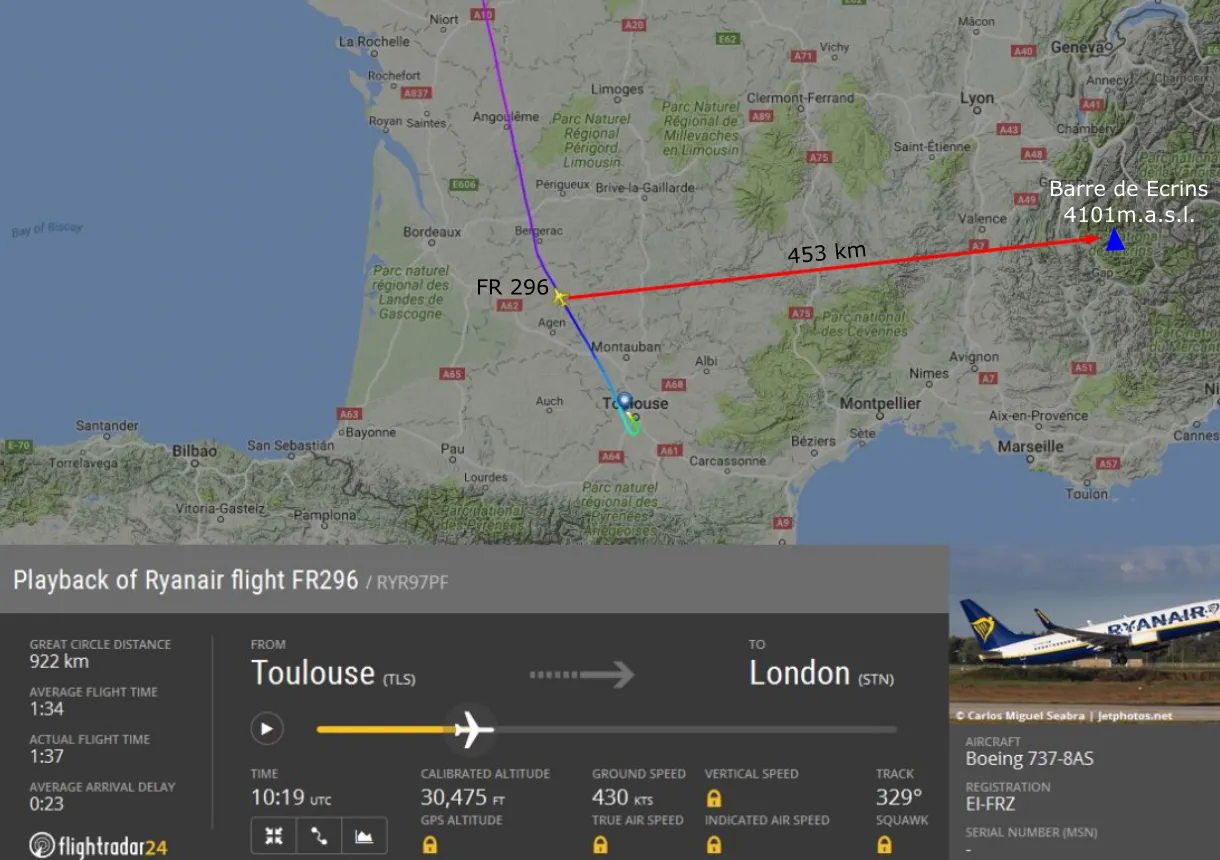
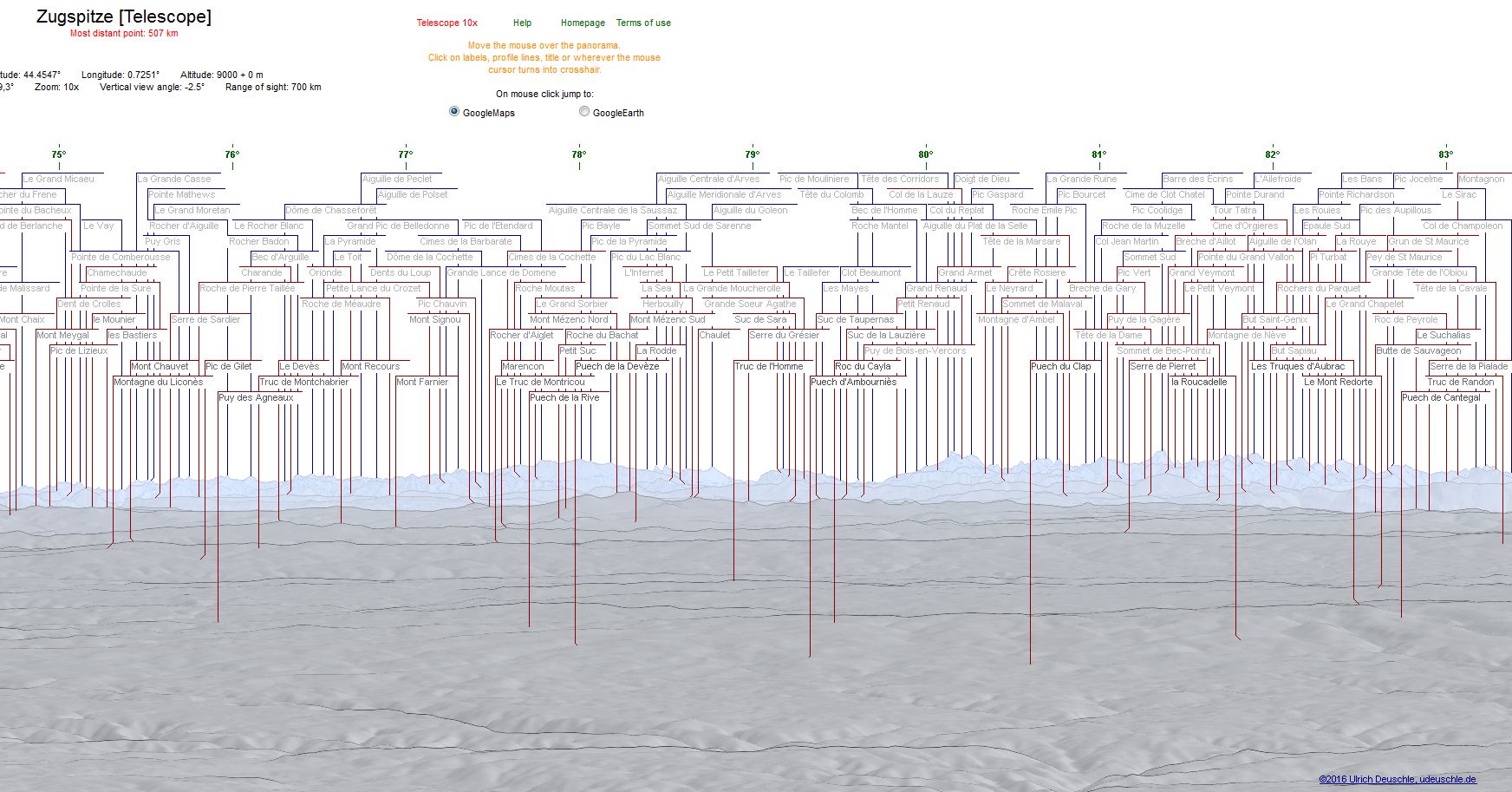
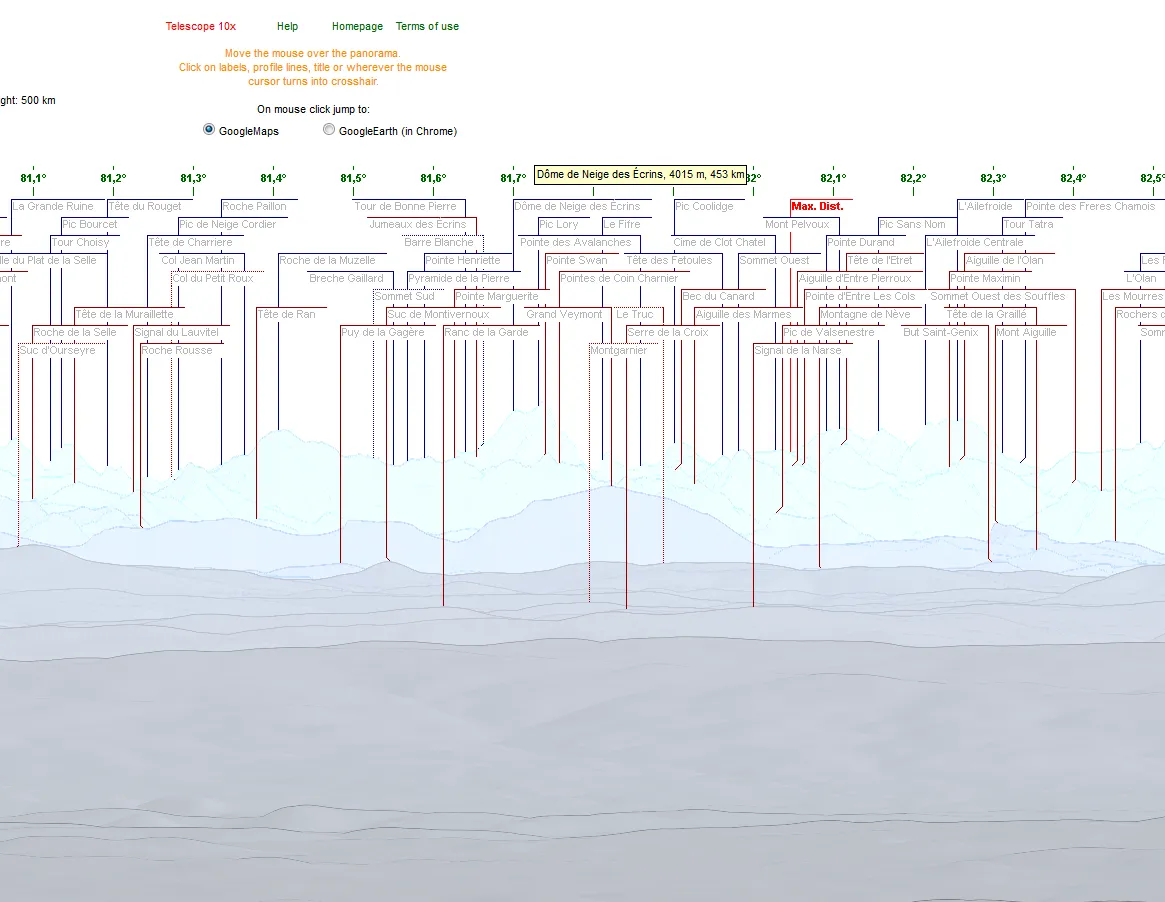
This observation was really fortunate at that time. In spite of plexiglass distortions and cracks, I could quite clearly see the mountain outlines and moreover, I was able to see the snow on the top (Pic. 41).
Unfortunately, the plexiglass in the aircraft is not the same. One flight may differ much from another. For instance, during the next time when I was returning from Mallorca, I couldn’t make a similar effect using a 300mm lens (Pic. 47 – 50). I had problems even with a small zoom (Pic. 47-50).


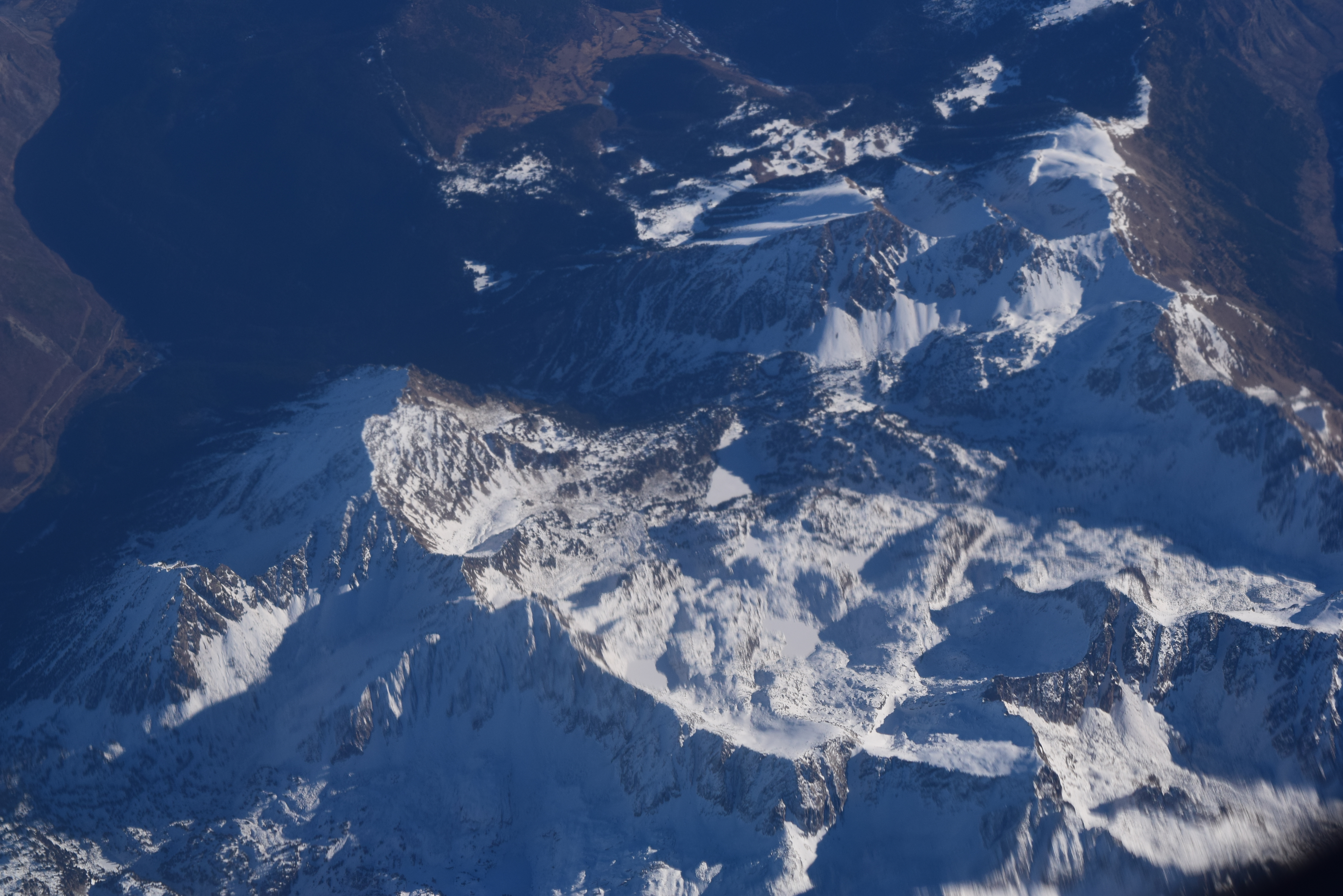
At the very end of my article, I would like to share the newest flightseeing long lens photography from my last journey from Dubai to Manila, when I was able to see the Himalayas Mountains (Pic. 51 – 54).
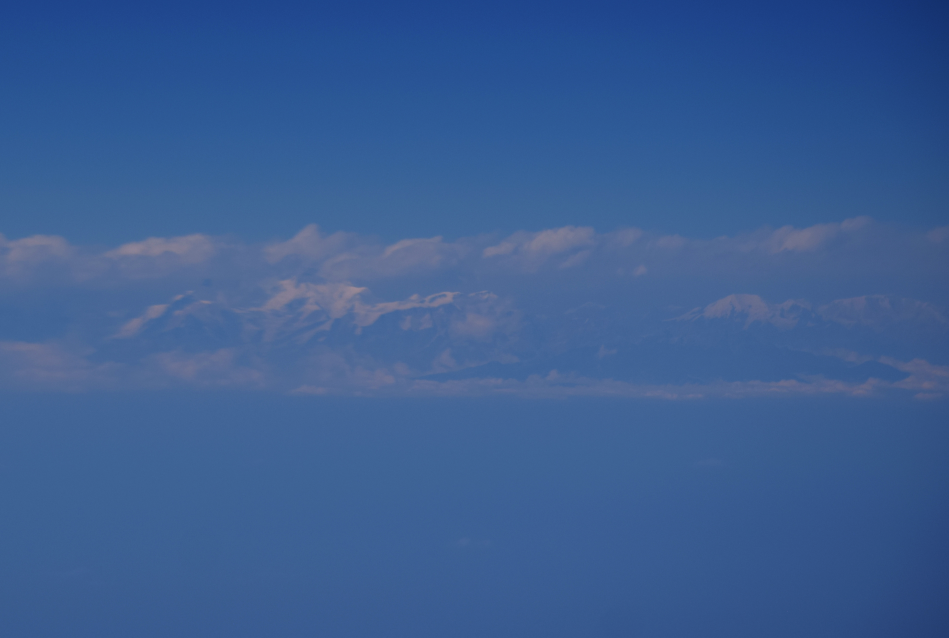



And the Ganges river is just under me :).
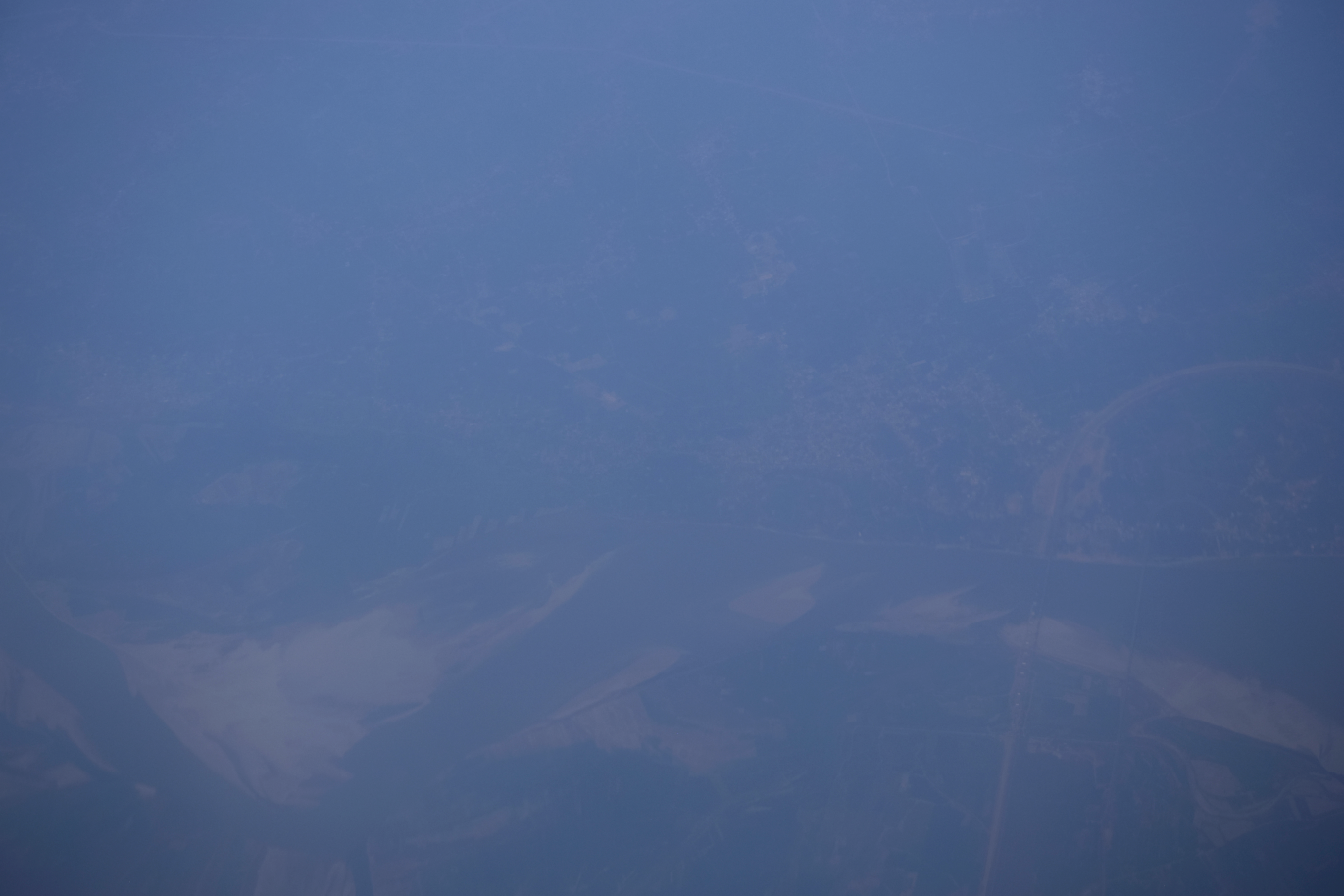
To summarize, the biggest lens, that you can use in the plane is 135mm. It gives you a guarantee to have nice and sharp pictures. This is still a big zoom, that allows you to have around 8x zoom factor compared to the kit lenses (17-18mm).
Mariusz Krukar
Links:
- The dip of the horizon calculator
- The dip of the horizon explanation
- Forbes: Electrochromic Materials Used To Make Smart Glass In Airplane Windows Could Have Widespread Uses
- Aircraft windows
- Why is there a hole in one of the layers of an airplane’s windows?
- Interactive plane windows
- How The Magical Windows in Boeing’s 787 Dreamliner Work
- Current World Record of ground-to-ground distant landscape photography
- Current World Record of distant landscape photography – explanation
Read also:

